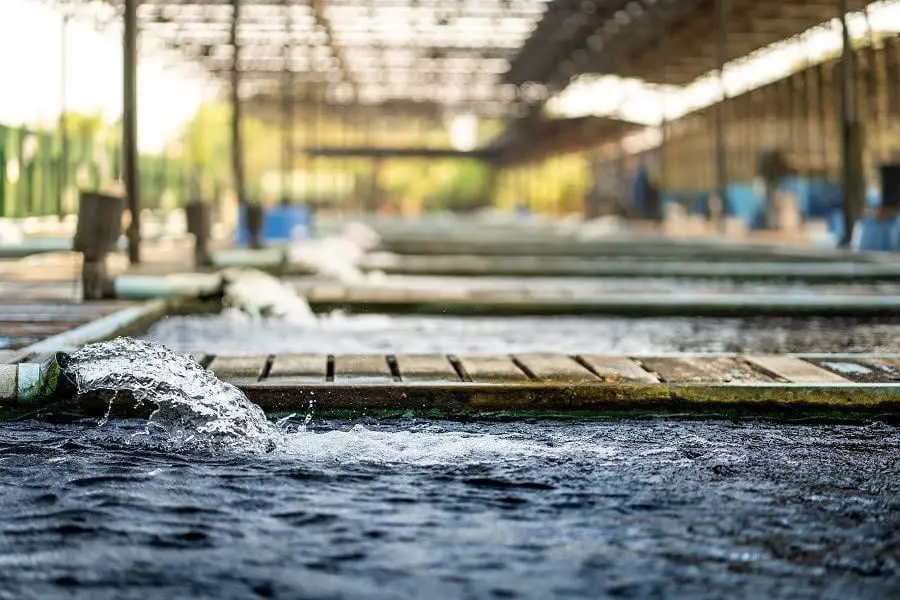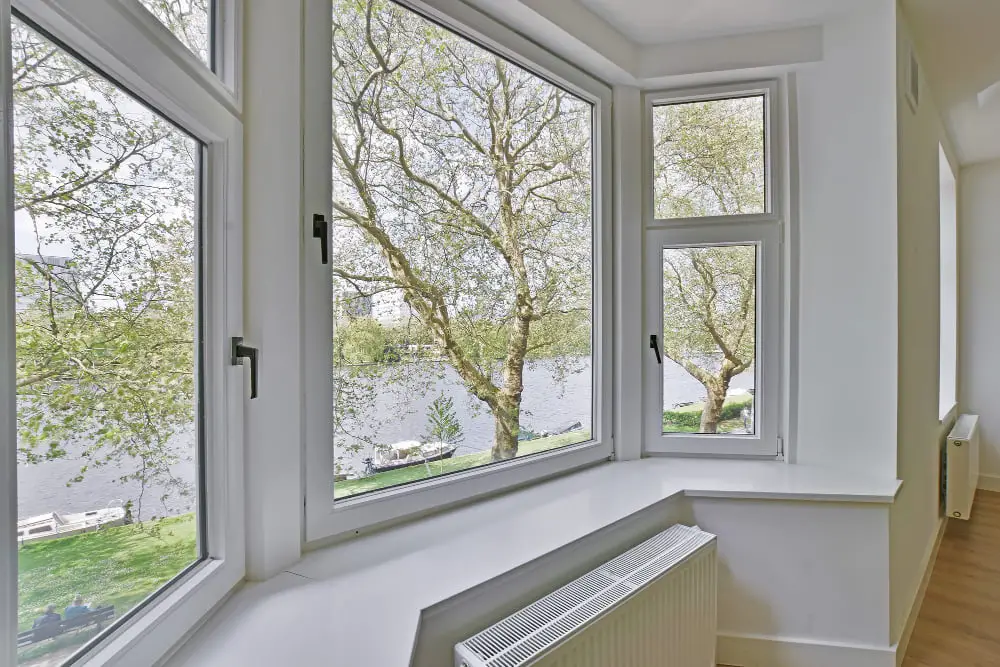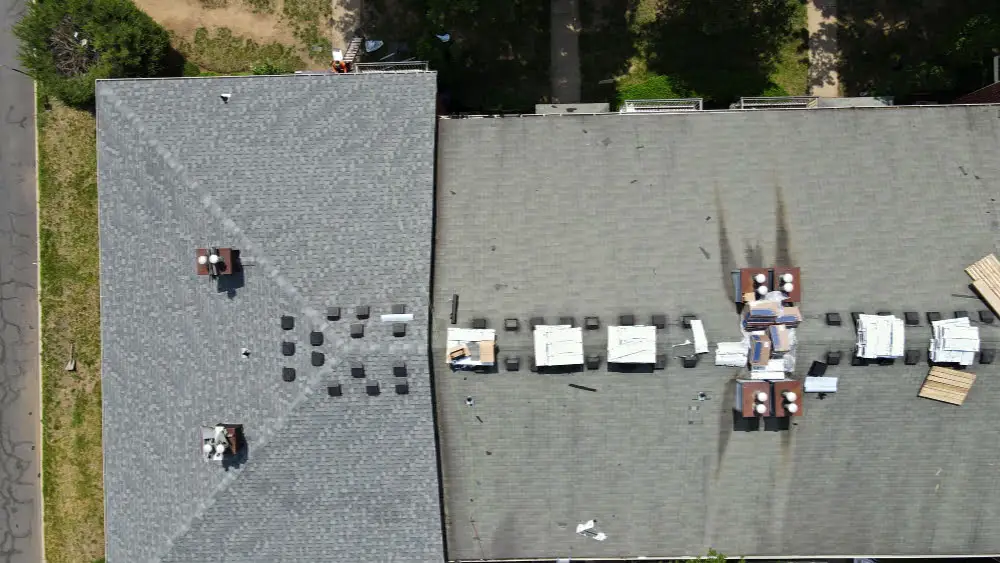Last updated on
There’s something magical about the aroma of freshly brewed coffee that can kickstart even the dullest of mornings. While coffee shops offer convenient access to your daily caffeine fix, there’s an increasingly popular trend that lets you take the experience to the comfort of your own home: home coffee brewing.
Whether you’re a coffee aficionado looking to elevate your brewing skills or a newbie hoping to explore the world of coffee, learning how to brew coffee at home can be a rewarding and cost-effective venture.
Understanding Coffee Beans
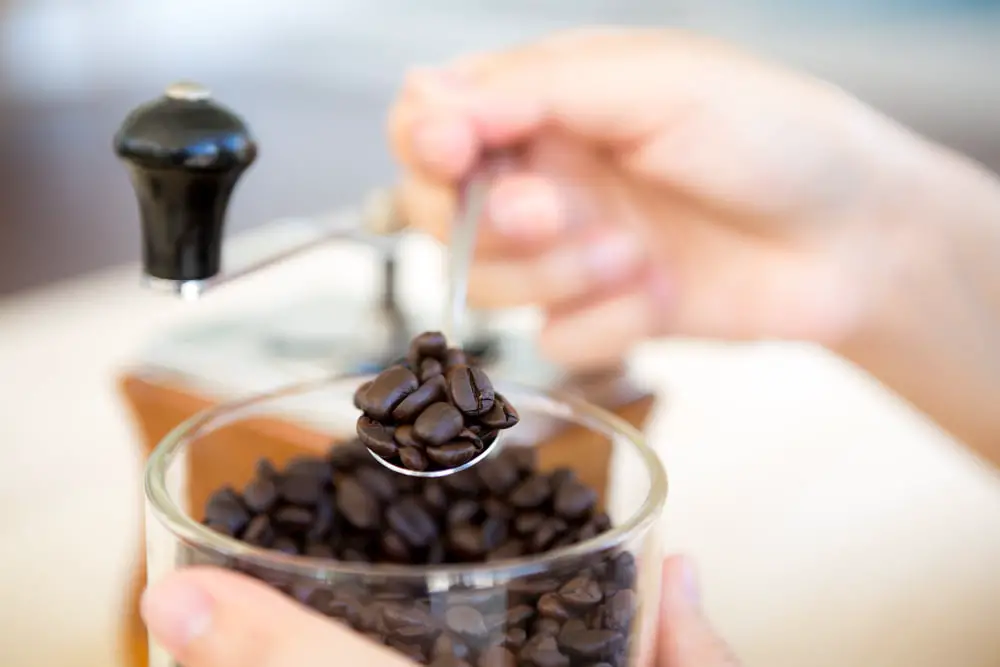
The foundation of exceptional coffee brewing lies in selecting the right coffee beans. To kick off your home brewing journey, it’s crucial to explore the diverse array of coffee beans available. From single-origin to blends, each type of bean brings its unique flavor profile to the table.
Delve into the world of coffee bean origins – regions such as Ethiopia, Colombia, and Brazil offer distinct taste notes owing to their growing conditions. Choosing the best brand name Colombian coffee is the perfect way to start your personal brewing journey.
Consider factors like roast level too – lighter roasts tend to preserve the bean’s original flavors, while darker roasts offer a richer, often smokier taste. Remember, the freshness of beans matters – opt for whole beans and grind them just before brewing for the best results.
Essential Brewing Equipment
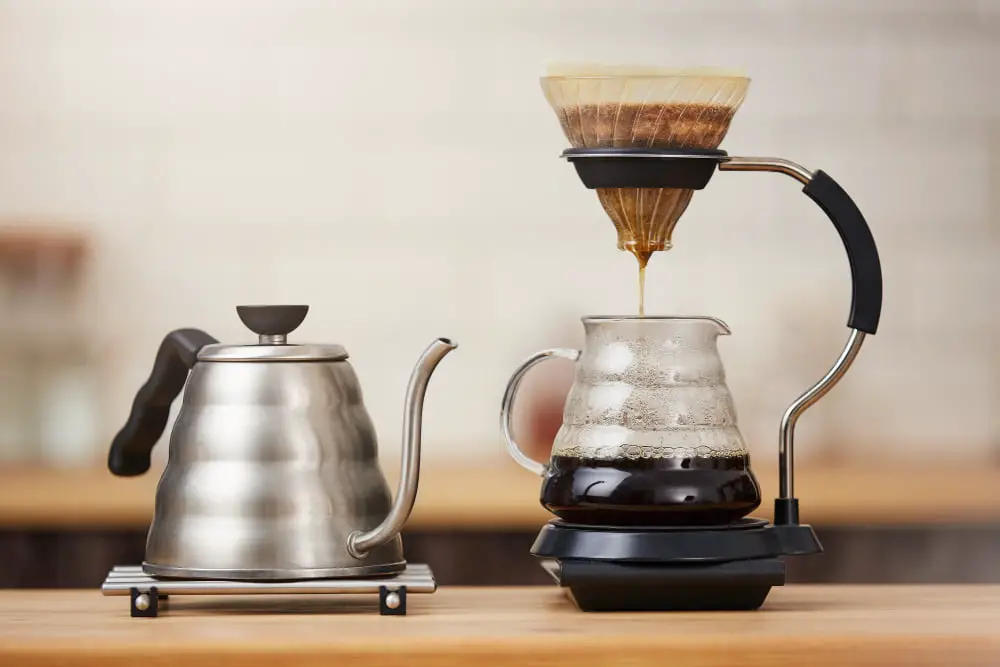
Equipping your kitchen with the right tools is paramount in your home coffee brewing adventure. Begin with a reliable coffee grinder – burr grinders are favored for their consistent grind size. A scale ensures accurate measurements, while a kettle with a gooseneck spout allows precise water pouring.
A French press, pour-over dripper, AeroPress, or even a drip coffee maker are popular brewing methods for beginners. Each has its own learning curve and unique brewing style, so pick one that aligns with your taste preferences and patience level.
Mastering the Brewing Process
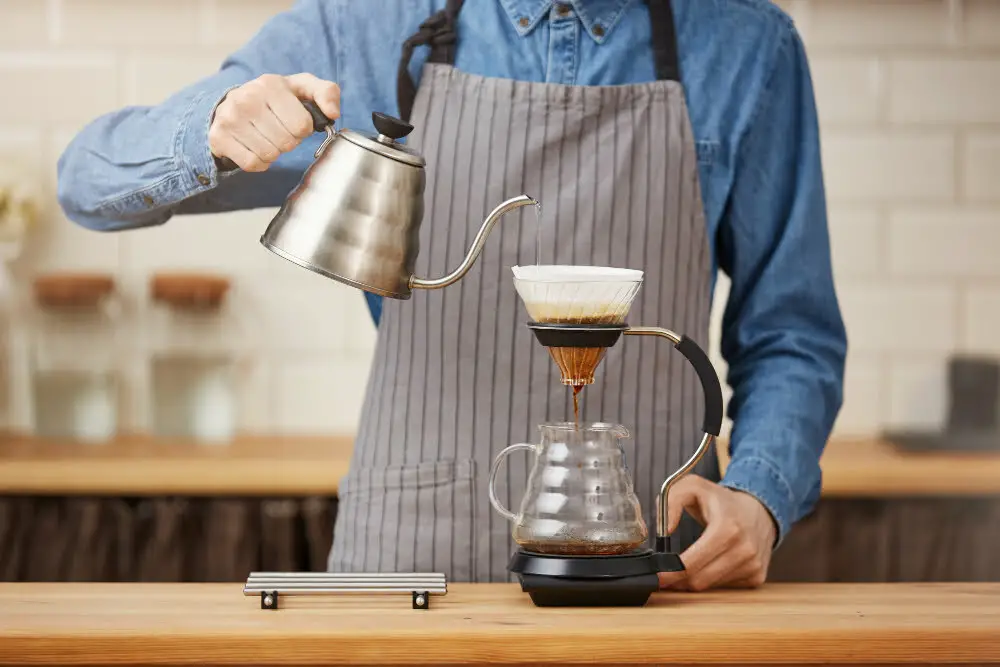
Now comes the exciting part – the brewing process itself. The golden rule here is water-to-coffee ratio. As a starting point, a standard ratio is 1 to 2 tablespoons of coffee per 6 ounces of water.
Experimentation is key, so adjust the ratio to suit your taste. For pour-over methods, master the art of blooming – pouring a small amount of water to let the coffee grounds “bloom” before continuing the pour. Pay attention to water temperature too; a range of 195-205°F (90-96°C) is optimal to extract flavors without scorching the coffee.
Fine-Tuning Your Technique
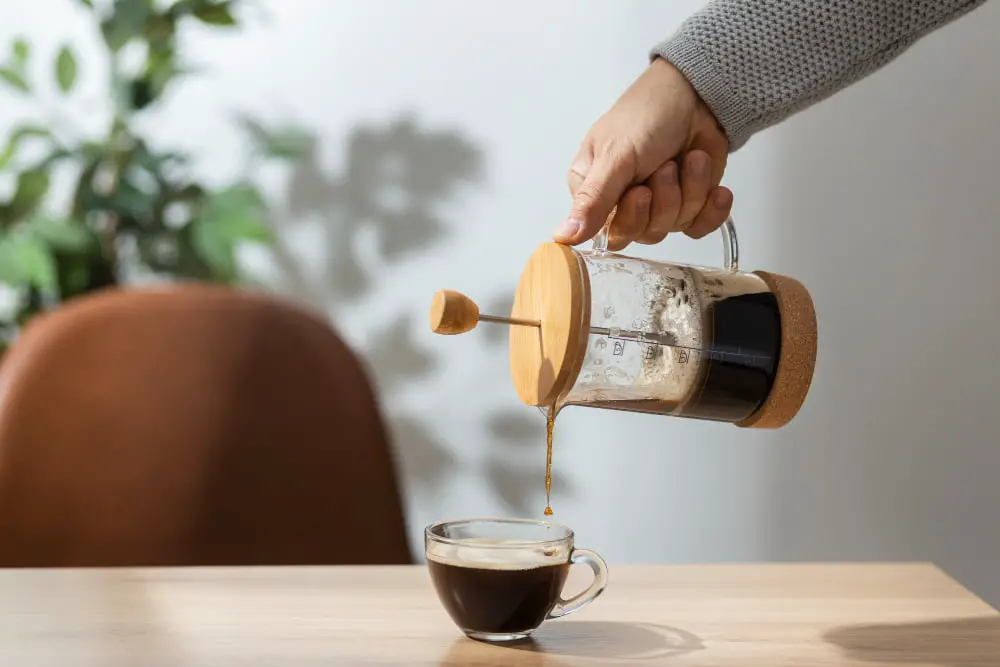
Brewing coffee is as much science as it is art. As you gain confidence, focus on fine-tuning your technique. Explore grind sizes – finer for methods like espresso, coarser for French press – to affect extraction. Experiment with brew times, agitation, and pouring patterns to manipulate flavor profiles.
Keep a brew journal to track your experiments and note the nuances you discover. Remember, the joy of home brewing lies in the journey of constant improvement.
Water Quality Matters
While it’s easy to focus on coffee beans and equipment, one often overlooked element in the brewing process is the water itself. The quality of water you use can significantly impact the flavor of your coffee. Ideally, use filtered or bottled water to eliminate any undesirable flavors or impurities.
Water that’s too hard (high mineral content) or too soft (low mineral content) can affect extraction and alter the taste. Finding the right balance is crucial for bringing out the best flavors from your chosen coffee beans. Experiment with different water sources and filtration methods to discover how each affects your brew.
Storage and Freshness
You’ve invested time in selecting the perfect beans and honing your brewing technique, but there’s one last critical factor to consider: storage. Coffee beans are sensitive to light, heat, air, and moisture, all of which can accelerate the staling process. To maintain freshness, store your beans in an airtight container in a cool, dark place.
Avoid freezing or refrigerating them, as exposure to moisture can lead to flavor deterioration. Buy beans in smaller quantities to ensure you’re always working with freshly roasted coffee.
Remember that coffee peaks in flavor a few days after roasting and gradually loses its vibrancy, so aim to consume your beans within a few weeks of purchase.
Brewing coffee at home is an art that intertwines science, experimentation, and personal preference. With an understanding of coffee beans, mastery over brewing techniques, and attention to details like water quality and storage, you’re well on your way to becoming a home barista.
Every cup you brew becomes a canvas for your creativity, allowing you to tailor flavors to your exact liking. As you progress on this journey, you’ll uncover a world of aromas and tastes that commercial coffee shops can’t replicate.
Continue reading:
Recap
